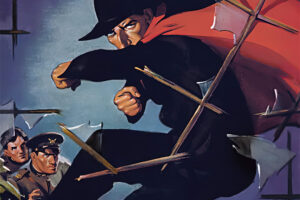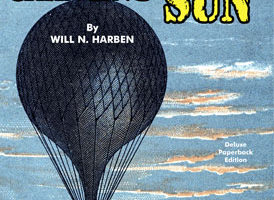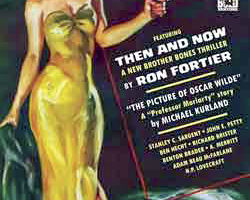Short Stories magazine was one of the “Big Four” of pulp magazines. For those not aware, the other three are Adventure, Argosy, and Blue Book. As I’m posting on them, I felt it was time to cover Short Stories.
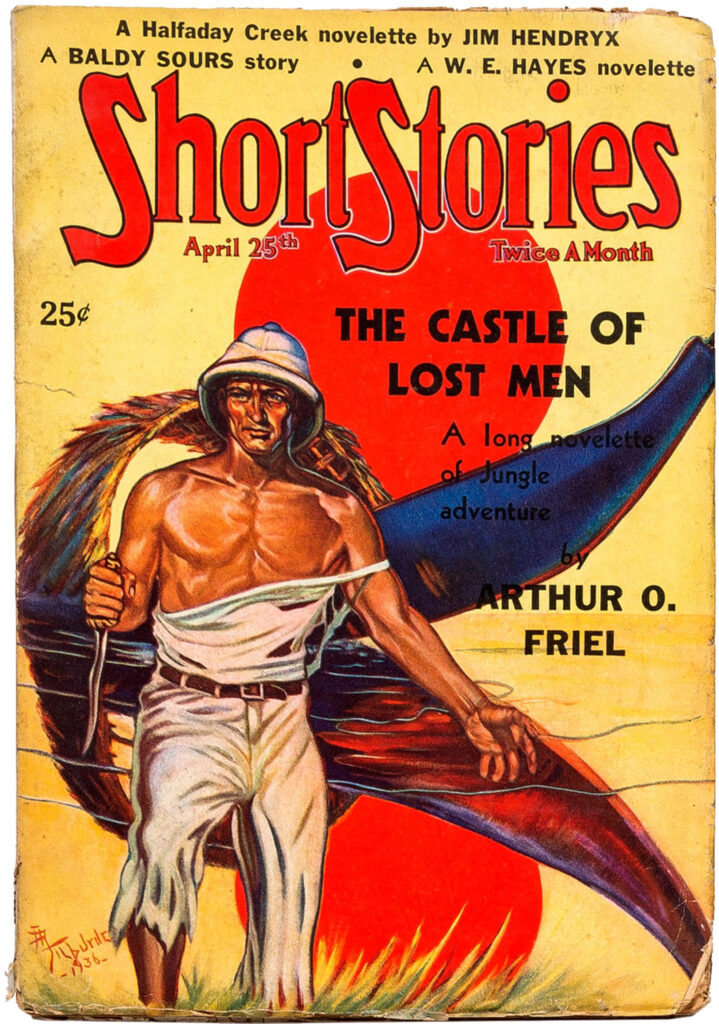 Stort Stories actually started as a literary magazine in 1890, published by Current Literary Publishing. It said it was “25 stories for 25 cents,” and reprinted works by a variety of great authors: Rudyard Kipling, Émile Zola, Bret Harte, Ivan Turgenev, and Anna Katharine Green. It was sold in 1904 to the Short Stories Co., and then a major change occured in 1910, when it was sold to Doubleday, which transformed it into an all-fiction pulp magazine, but a quality one.
Stort Stories actually started as a literary magazine in 1890, published by Current Literary Publishing. It said it was “25 stories for 25 cents,” and reprinted works by a variety of great authors: Rudyard Kipling, Émile Zola, Bret Harte, Ivan Turgenev, and Anna Katharine Green. It was sold in 1904 to the Short Stories Co., and then a major change occured in 1910, when it was sold to Doubleday, which transformed it into an all-fiction pulp magazine, but a quality one.
While it was initially known for crime fiction, it would soon become known for its westerns. However, it did publish other adventure stories set in the Northwest, the South Pacific, and Africa, stories about the Foreign Legion, and more. Authors included Sax Rohmer, W.C. Tuttle, Harold Lamb, Max Brand, Talbot Mundy, L. Patrick Greene, Arthur O. Friel, James B. Hendryx, Edgar Wallace, and others. W. Wirt started and ended his series of mercenary Jimmie Cordie and friends here, and George F. Worts‘s Singapore Sammy got his start here. For H. Bedford-Jones, Short Stories was one of his big markets, and he had several series, along with novels and short stories, in it.
One interesting aspect of the pulp is that they adopted a red sun as a cover motif, which appeared around 1917, though at first it was a yellow sun. The sun appeared in some fashion and in different sizes in the cover art, occasionally tied to the logo. This continued until 1954, and a little longer as just a red disk (or red ring) behind the logo.
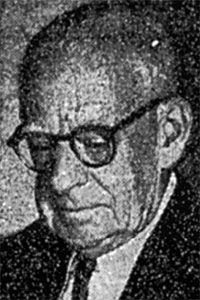
The longtime editor was Harry Maule, from 1912 to 1936, who started things like the “The Story Teller’s Circle,” a forum for readers to discuss items, similar to “The Camp-Fire” in Adventure. He would be replaced by Dorothy McIlwraith, one of the rare female editors who I believe had been his assistant. She would remain until 1954.
In 1937, Doubleday sold Short Stories to Short Stories Inc., who would later also buy Weird Tales, which Dorothy would also edit. She left in 1954, when the magazine briefly ended. It came back in 1956 from a new publisher and mainly did reprints. Then in 1957, it became a “men’s adventure magazine,” like some other pulps did. First titled Short Stories: A Men’s Magazine, it would retitle as Short Stories for Men in 1959, and die later that year. It was kind of an ignoble ending for such a high-end pulp. It’s bizarre that all the four top pulps ended their existence as men’s adventure magazines, though not all at the same time.
As for reprints, there are quite a few from the major authors. In the 1920s, Garden City Press, which was part of Doubleday (owners of Short Stories at the time), reprinted several works from the magazine in a paperback format, using the cover artwork from the magazine on the books. I have no idea how many. I know they did four of Bedford-Jones’ works, and know they did a few other authors. Most were westerns, but they did other adventure stories.
Several of Bedford-Jones works from Short Stories have been reprinted by Steeger Books as part of their H. Bedford-Jones Library, or in Adventure House‘s High Adventure magazine. Steeger Books has reprinted Wirt’s Jimmie Cordie and his Singapore Sammy series.
Works by W.C. Tuttle, Harold Lamb, and Talbot Mundy have been reprinted by different publishers. There are probably others I’ve missed. And I expect we’ll see more from several of the main pulp reprinters over the coming years.
I am not aware of any book-length work on the pulp, other then the article included in Murania Press’s Blood ‘n’ Thunder Presents #1: Pride of the Pulp, which I reviewed here.

